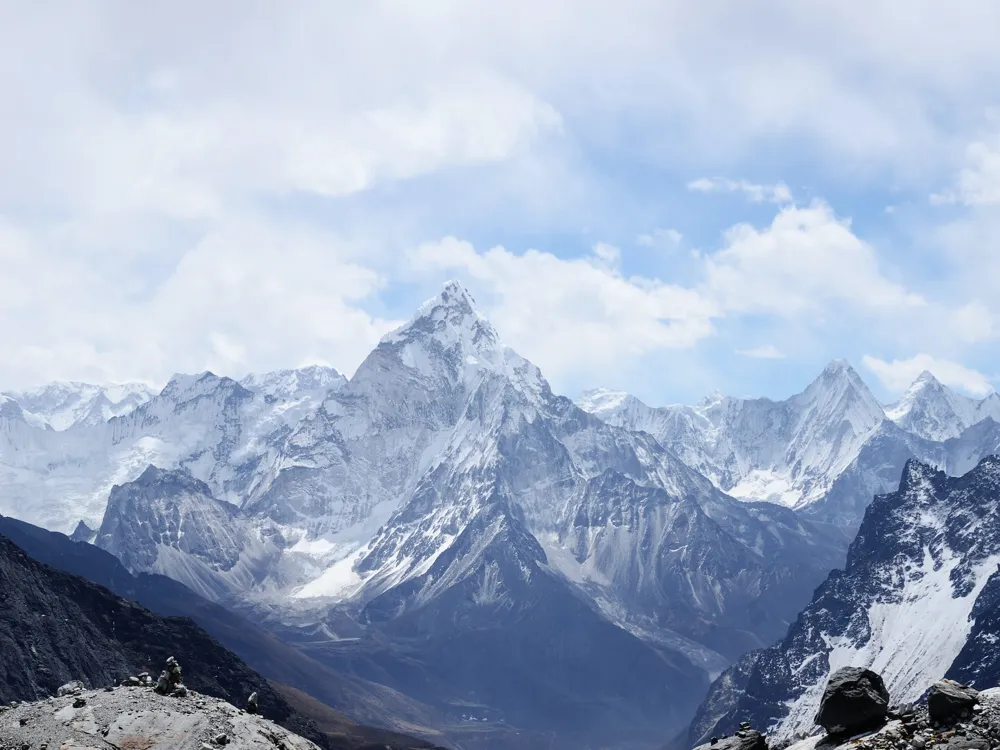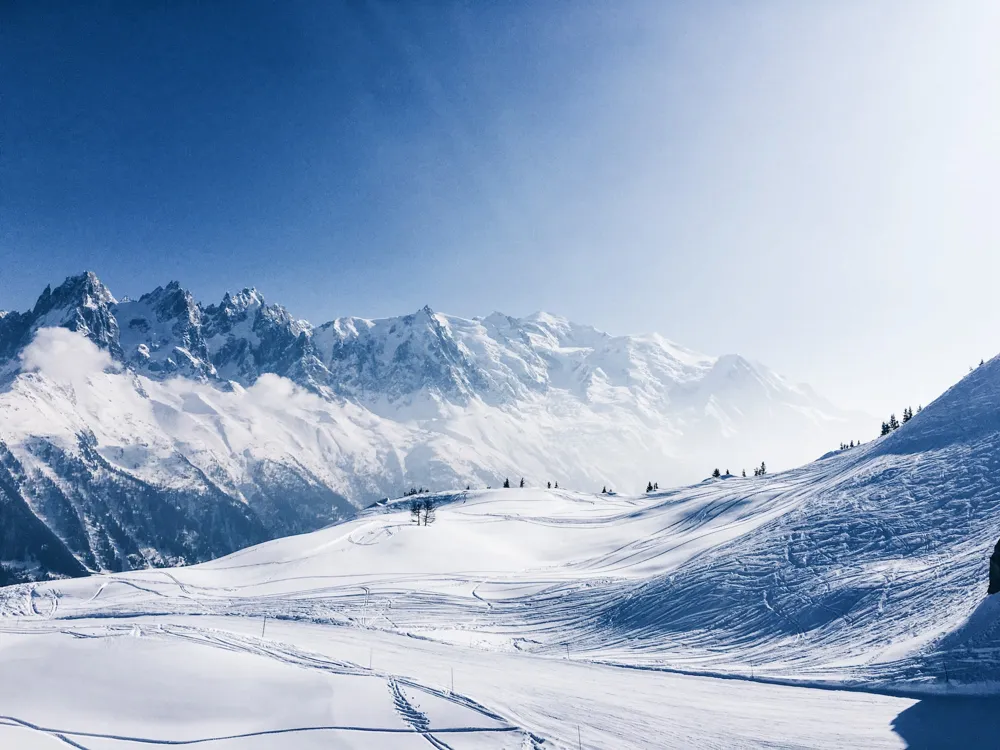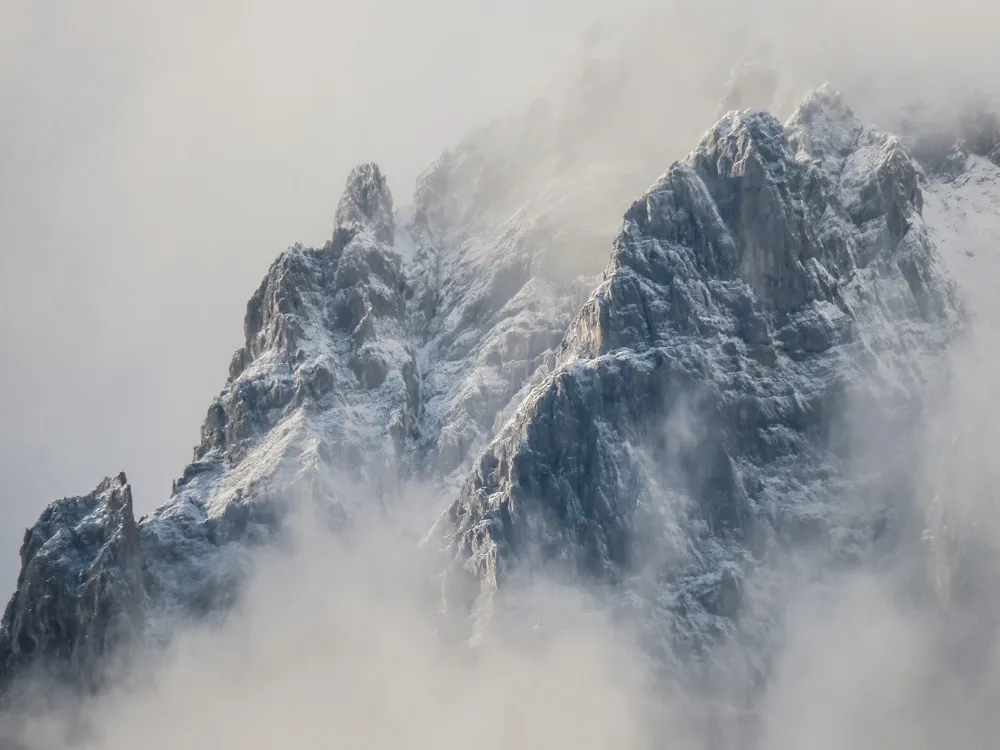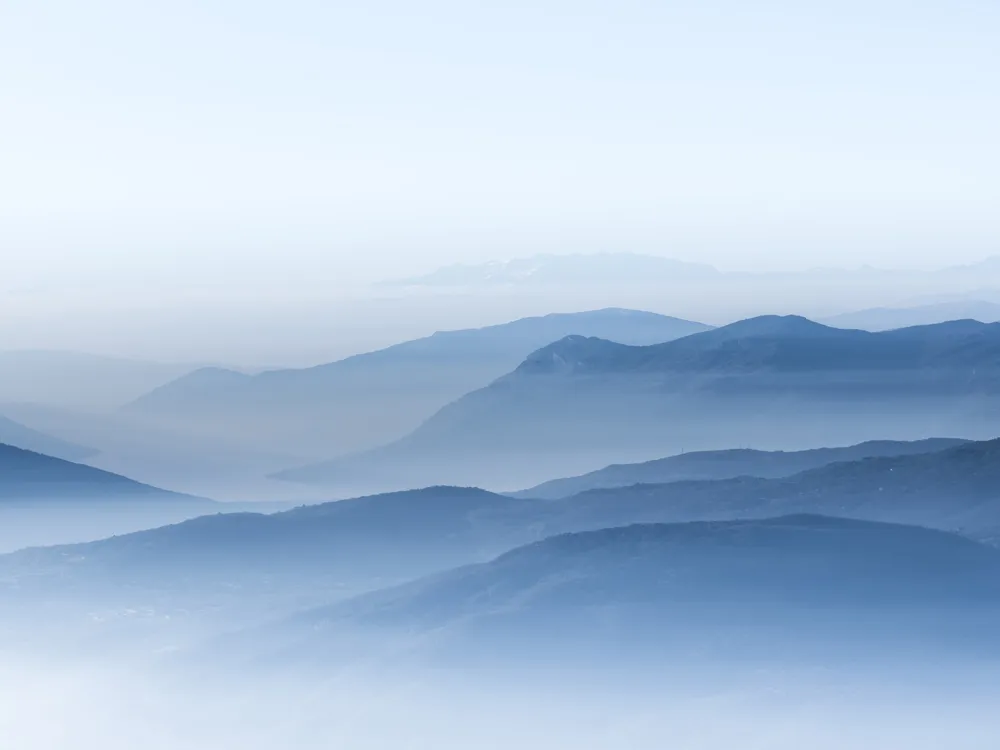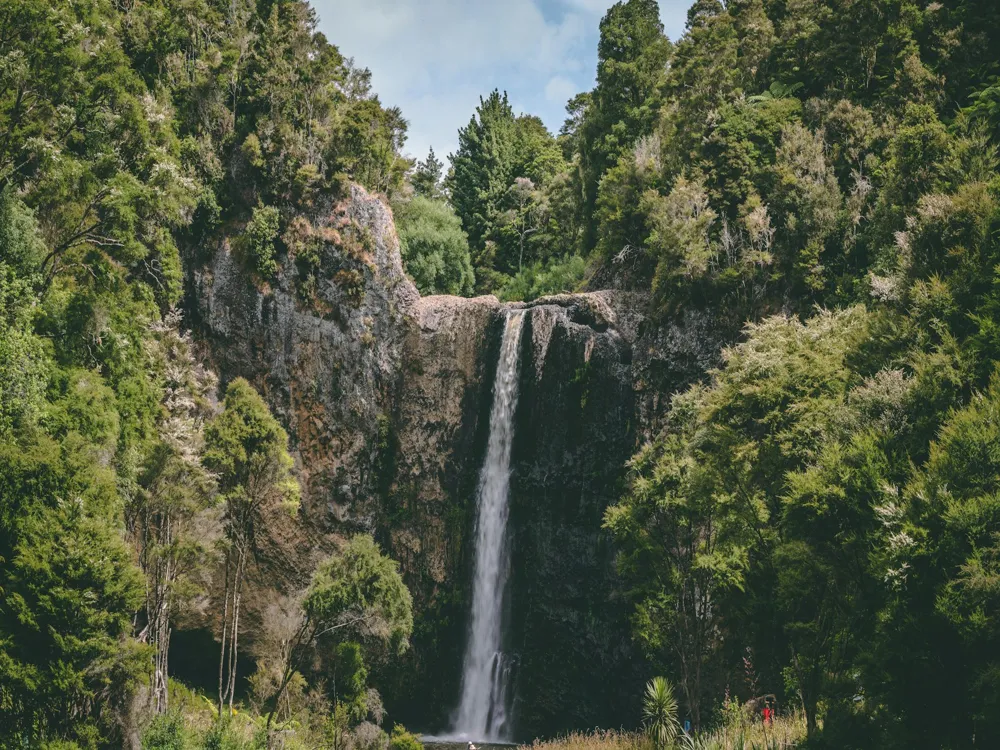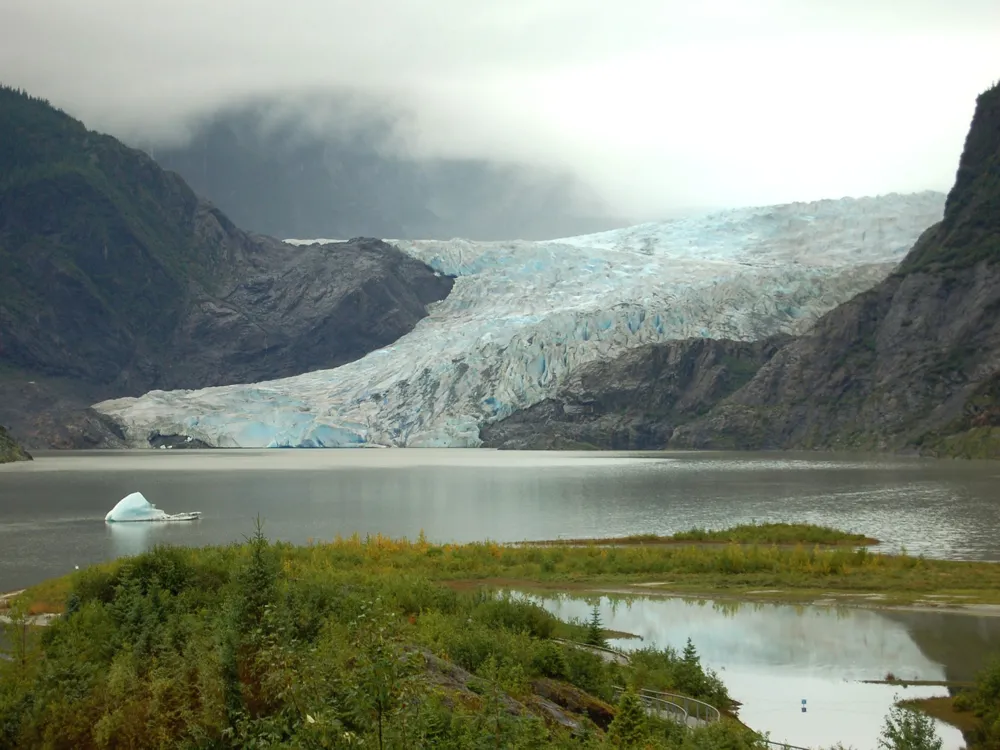Best Time to Visit Snowy Mountains
New South Wales Australia
25 out of 96 Places to visit in AustraliaNaN onwards View Packages
Get Customized PackagesThe Land of Diversity
Top Hotel Collections

Private Pool

Luxury Hotels

5-Star Hotels

Pet Friendly
What is the Best Time to Visit Snowy Mountains?
The Snowy Mountains, a majestic alpine region, offer a captivating experience year-round. Discovering the optimal time to explore this scenic wonder involves understanding its distinct seasons and the varied experiences they present.
More about Best Time to Travel to Snowy Mountains
Travel Peak Season in Snowy Mountains
The peak season in Snowy Mountains typically spans from June to August, coinciding with winter. This period is perfect for snow sports enthusiasts, with opportunities for skiing, snowboarding, and enjoying the pristine snow-covered landscapes.
Travel Offseason in Snowy Mountains
The offseason in Snowy Mountains, primarily from December to February, experiences milder weather. Although there might be less snow, this period offers a tranquil escape for hiking, mountain biking, and exploring the region's natural beauty.
Snowy Mountains Travel Packages
View All Packages For Snowy Mountains
Snowy Mountains in Shoulder Season
The shoulder seasons, March to May and September to November, transition between winter and summer. Spring brings blooming wildflowers, while autumn paints the landscape with vibrant hues. These seasons are ideal for outdoor activities like fishing, bushwalking, and enjoying the changing scenery.
Snowy Mountains in Hot Season
The hot season, predominantly December to February, offers pleasant temperatures for exploring the mountains without the snow. It's an excellent time for scenic drives, wildlife spotting, and experiencing the diverse ecosystems of the region.
Snowy Mountains in Rainy Season
The rainy season in Snowy Mountains, mainly March to May, might bring occasional showers. However, the rainfall rejuvenates the landscape, creating a lush environment ideal for nature walks and appreciating the region's greenery.
Snowy Mountains in Cool Season
The cool season, from June to August, remains popular for winter sports and experiencing the stunning snow-covered vistas. Travelers can partake in snowshoeing, tobogganing, and enjoying the alpine scenery at its peak beauty.
Understanding the nuances of each season in the Snowy Mountains allows travelers to plan their visit based on preferred activities and desired experiences.
Places To Visit In Snowy Mountains
Nearby Places Snowy Mountains
Snowy Mountains Photos
View All Photos For Snowy MountainsBrowse Package Collections
Browse Hotel Collections
Faq
Q1: When is the best time to visit the Snowy Mountains?
A1: The ideal time to visit the Snowy Mountains is during the winter months, from June to August. This is when the region is blanketed in snow, offering picturesque landscapes and excellent skiing conditions.
Q2: Are there any specific months to avoid visiting the Snowy Mountains?
A2: While the winter months are perfect for snow enthusiasts, those looking to enjoy hiking, biking, and other outdoor activities might prefer the warmer months from December to February. It's essential to plan according to your preferred activities.
Q3: What is the snow condition like during the peak winter season?
A3: The peak winter season, from July to August, ensures optimal snow conditions for skiing and snowboarding. The mountains are covered in a thick layer of snow, providing a winter wonderland experience.
Q4: Can I visit the Snowy Mountains during the shoulder seasons?
A4: Yes, the shoulder seasons of spring (September to November) and autumn (March to May) offer a different charm. Spring brings blooming wildflowers, while autumn showcases vibrant foliage. These seasons are ideal for diverse outdoor activities.
Q5: What are the average temperatures in the Snowy Mountains during winter?
A5: Winter temperatures in the Snowy Mountains range from -6°C to 6°C (21°F to 43°F). It's advisable to dress in layers and be prepared for chilly conditions, especially at higher altitudes.

